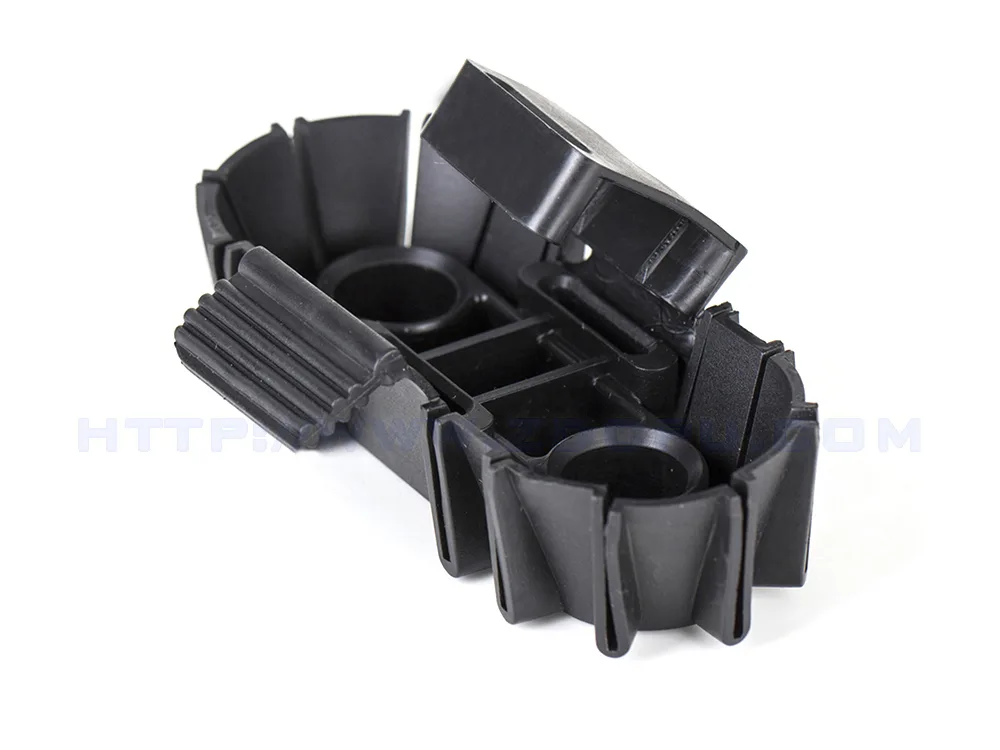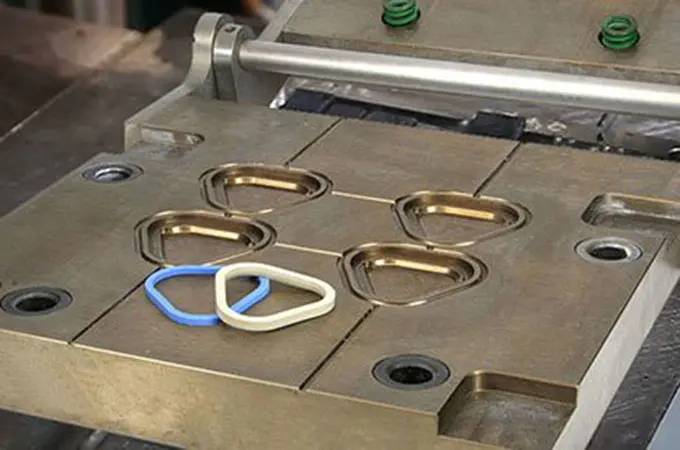Home » Elastomer & Rubber » CR

CR
Material Type
Rubber
Material Full Name
Chloroprene Rubber
Process Compatibility
Compression Molding, Injection Molding, Extrusion,
Bonding Rubber to Metal, Bonding Rubber to Plastic
List of Elastomer & Rubber
List of Plastic Material
List of Metal Material
Custom Molding Neoprene Solution
Start A New Project Right Now!
CR Description
Price
Strength
Weakness
Common Application
Neoprene Rubber for Injection Molding
| Property | Metric | English |
|---|---|---|
| Density | 1.2-1.5 g/cm³ | 75-93.58 lb/ft³ |
| Shore Hardness A | 40-95 | 40-95 |
| Tensile Strength | 3.45-20.68 MPa | 500-3000 PSI |
| Elongation at Break | 100-800% | 100-800% |
| Min Temp. | -55~-35°C | -70~-30º F |
| Max Temp. | 95~120°C | 200~ 250º F |
*Please Note: Material properties are for reference only and may vary by brand.
How to Improve CR Properties?
CR material can be modified to enhance its properties through various methods such as compounding with additives, blending with other polymers, or adjusting curing process during vulcanization.
Additives can work together to enhance the overall properties of Neoprene rubber and tailor it to different applications. Such as antioxidants are added to improve the material’s resistance to degradation caused by exposure to heat, light, and oxygen, thereby extending its service life. Plasticizers are used to increase the flexibility and softness of CR rubber. Reinforcing agents, such as carbon black or silica, are incorporated to enhance the material’s strength, stiffness, and abrasion resistance.
Modifying rubber through adjustments to the curing process involves changing the conditions under which the rubber compound is cured or vulcanized. This process alters the cross-linking density and structure of the rubber, thereby influencing its mechanical properties, such as hardness, elasticity, and resilience. For example, increasing the curing time or temperature can result in a harder and more heat-resistant rubber, while reducing these parameters can yield a softer and more flexible material.
Get Rubber Neoprene Molding with Zhongde
FAQs of Neoprene Materials
Can neoprene rubber be recycled or disposed of safely?
Can neoprene rubber withstand exposure to sunlight and weathering?
Can CR rubber be used in contact with food or drinking water?
It is easy to fill the form.
Better Quality, Faster Delivery
Upload your design drawing and all uploads are secure and confidential!


